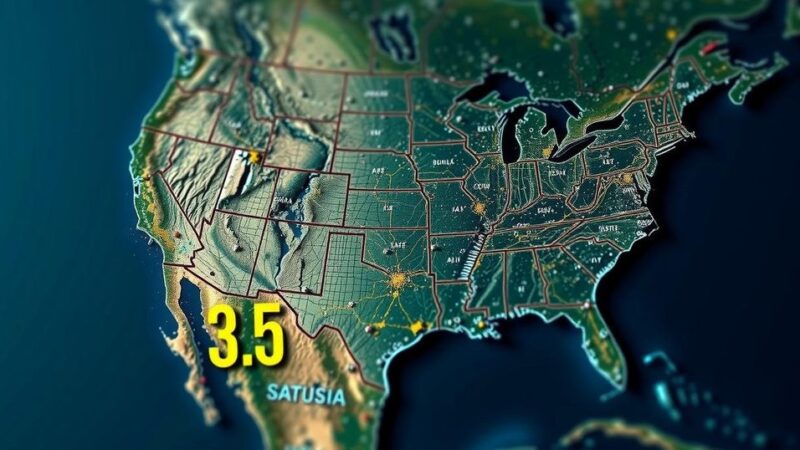A series of earthquakes were reported recently, including a 4.4-magnitude quake in California on November 7, following tremors in Greece and Hawaii. Overall, these events highlight the ongoing seismic activity across the globe, particularly in tectonically active regions such as California.
On November 7, a 4.4-magnitude earthquake struck Borrego Springs, California, occurring at a depth of approximately 9.8 kilometers. The United States Geological Survey (USGS) recorded 257 reports from individuals who felt the tremor. This event followed closely after a series of notable earthquakes globally, including a 4.4-magnitude quake in Greece two days prior and a 4.8-magnitude tremor in Hawaii on the same day as the California quake. California had experienced multiple seismic activities, with earlier tremors in Anza and Lompoc, among others, marking a significant week for seismic events across various regions.
The frequency of earthquakes reported across various locations serves as a reminder of the geological activity present worldwide. The USGS collates reports from citizens regarding seismic events, which aids in understanding the impact and reach of these natural phenomena. Earthquakes not only occur in fault-prone areas; they can also manifest in unexpected locations, warranting continuous monitoring and assessment by geologists and emergency services globally. The recent uptick in activity across California, Chile, Greece, and Hawaii brings to light the interconnectedness of global tectonic movements.
In conclusion, the recent spate of earthquakes, particularly the notable 4.4-magnitude tremor in California, underscores the ongoing seismic activity globally. This sequence of events emphasizes the importance of preparedness and awareness regarding potential earthquakes as they can occur with little warning in various regions.
Original Source: www.kfyr.com






